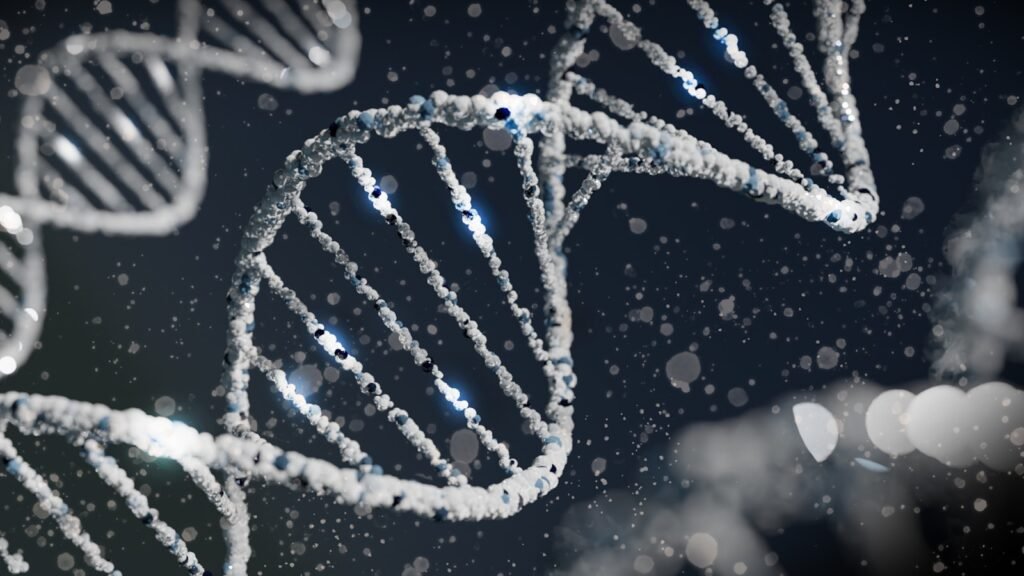The promise of ancient DNA sits at the edge of a scientific cliff: one step is awe, the next is hype. For decades, researchers chased tiny, damaged fragments pulled from bones, teeth, and even permafrost, trying to stitch together stories long erased by time. Now those stories are starting to point at the mechanics of survival – repair, resilience, and the slow arithmetic of aging. The mystery is simple to phrase and hard to answer: can the past teach us to outwit time? As new tools reveal not just what our ancestors looked like but how their cells may have coped with stress, we’re closer to a sober, testable version of a question once reserved for myth.
The Hidden Clues
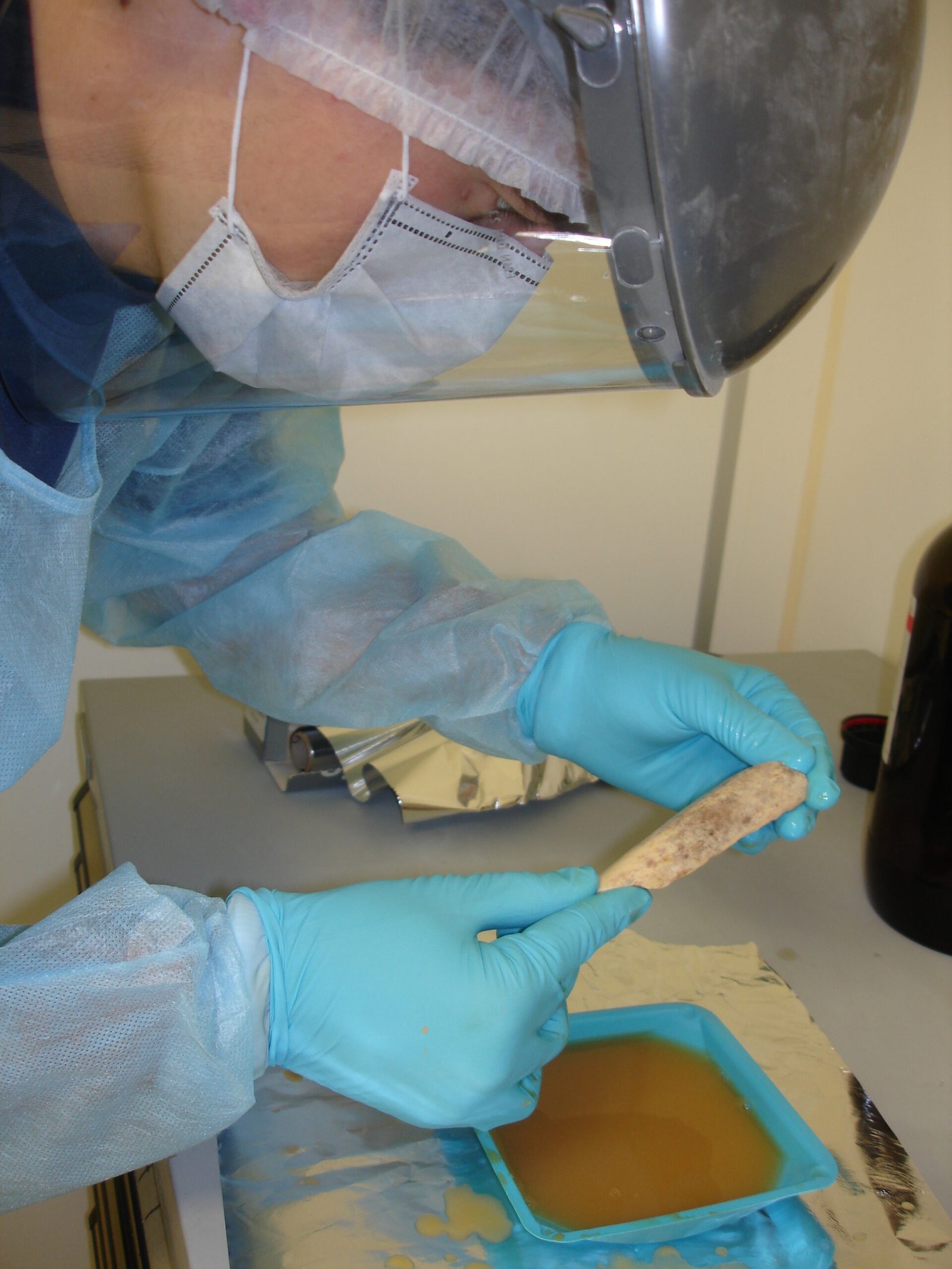
What if the oldest bloodlines still whisper instructions our cells can understand? Ancient DNA is not a neat scroll; it’s confetti – short, chemically damaged fragments that require painstaking clean rooms and forensic-level care to read. Yet amid the noise, patterns emerge: alleles tied to immunity, metabolism, and stress responses that helped people and animals survive harsh climates and unfamiliar pathogens. I still remember a museum curator opening a freezer the size of a small car, the air somehow drier and colder than expected, racks of bone powder labeled like time capsules. In those vials, the past isn’t silent; it’s muffled, waiting for the right microphone.
The hook for longevity research is subtle but powerful. If we can map the variants that supported resilience under extreme conditions, we can pressure-test today’s aging pathways against yesterday’s survival tricks. That doesn’t promise immortality, but it might reveal where biology already cheats the clock – and where it never did.
From Ancient Tools to Modern Science
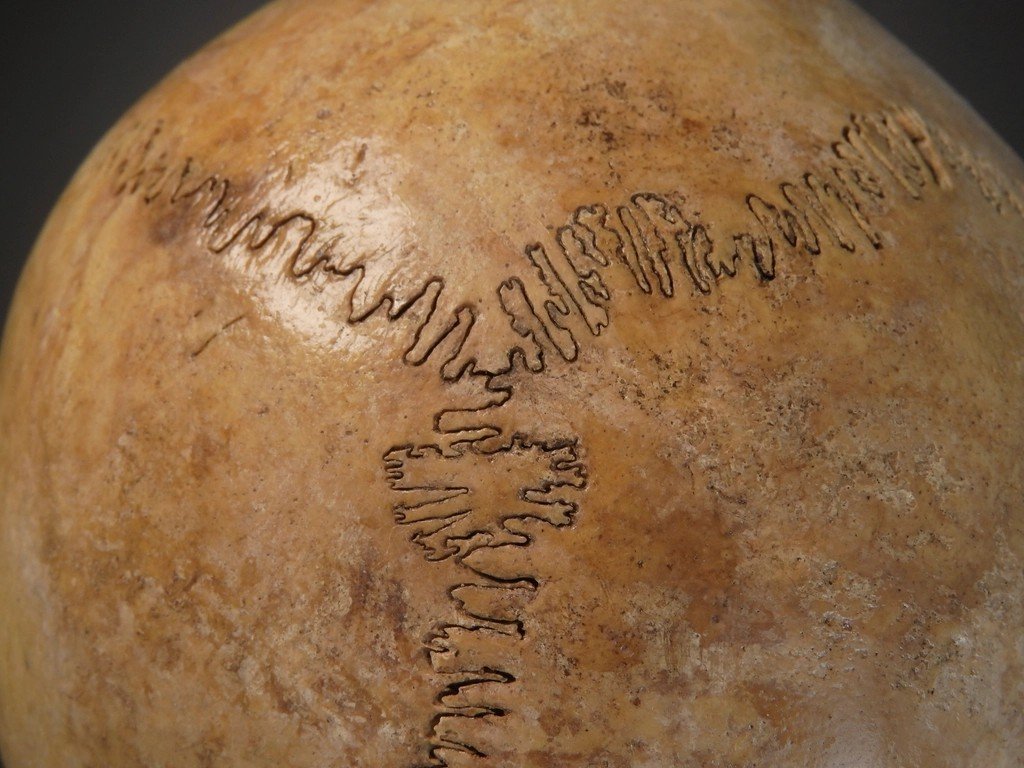
The revolution began when scientists learned that dense bones in the skull, especially the petrous portion of the temporal bone, preserve far more DNA than most skeletal sites. That single insight turned low-odds digs into data-rich archives and fueled high-coverage genomes that changed human history from guesswork to genomics. Techniques for repairing chemical damage and tagging ultra-short fragments further improved the signal, making it possible to compare living populations with communities that vanished thousands of years ago.
Then came the shockwave: sequencing entire archaic human genomes, which revealed interbreeding, shared pathogens, and adaptive swaps of DNA. Suddenly, traits in modern people – how we respond to altitude, certain infections, or even inflammation – could be traced to encounters with ancient cousins. Archaeology gained a molecular shadow, and biology gained a time machine.
What Ancient Genomes Are Actually Telling Us
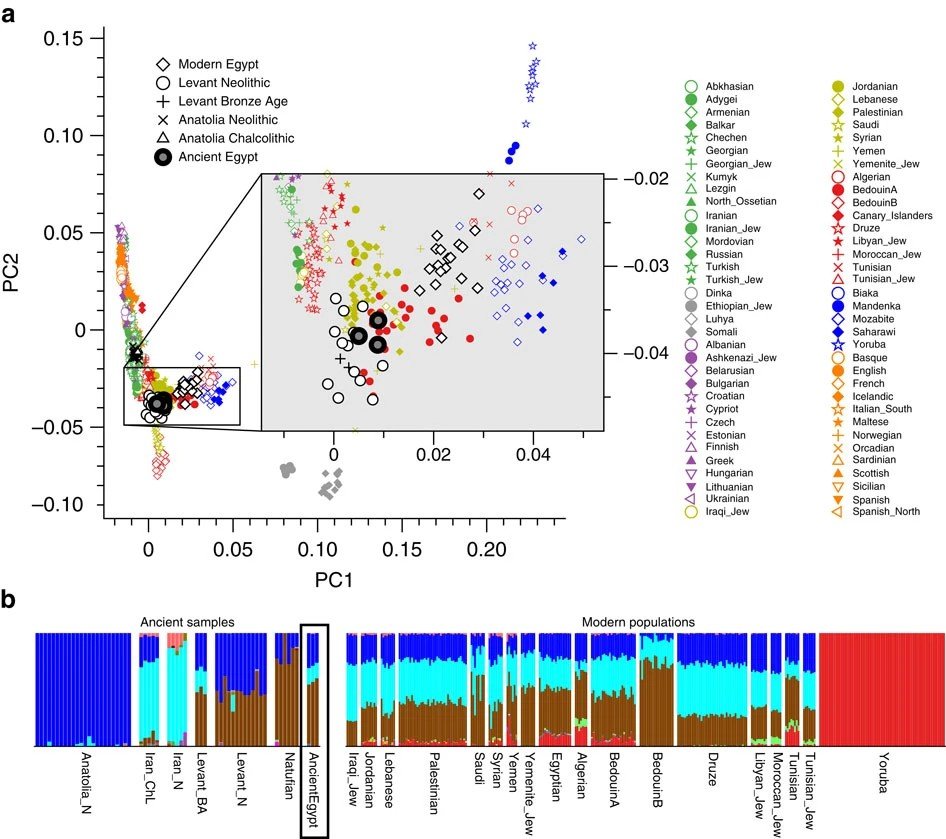
Ancient DNA rarely points straight at “longevity genes,” but it does spotlight the machinery that keeps organisms alive under pressure. Think of it like finding the spare fuses and patched wires in an old house; you won’t learn how to build a new mansion, but you’ll see which circuits mattered when storms hit. The strongest signals so far involve immunity, energy balance, oxygen use, and stress repair – systems that also shape how we age.
Consider a few durable takeaways:
- Natural selection left marks on immune genes that helped ancient peoples tame new pathogens, the same pathways many age-related diseases poke and prod.
- Altitude-adaptive variants illustrate how tiny changes in oxygen-sensing networks can reshape physiology for the long haul without breaking other systems.
- Nearly half of the human genome is made of repetitive elements, including fossils of ancient viruses; those sequences still influence gene regulation, a lever that shifts as we age.
The Longevity Puzzle: Repair, Resilience, and Time
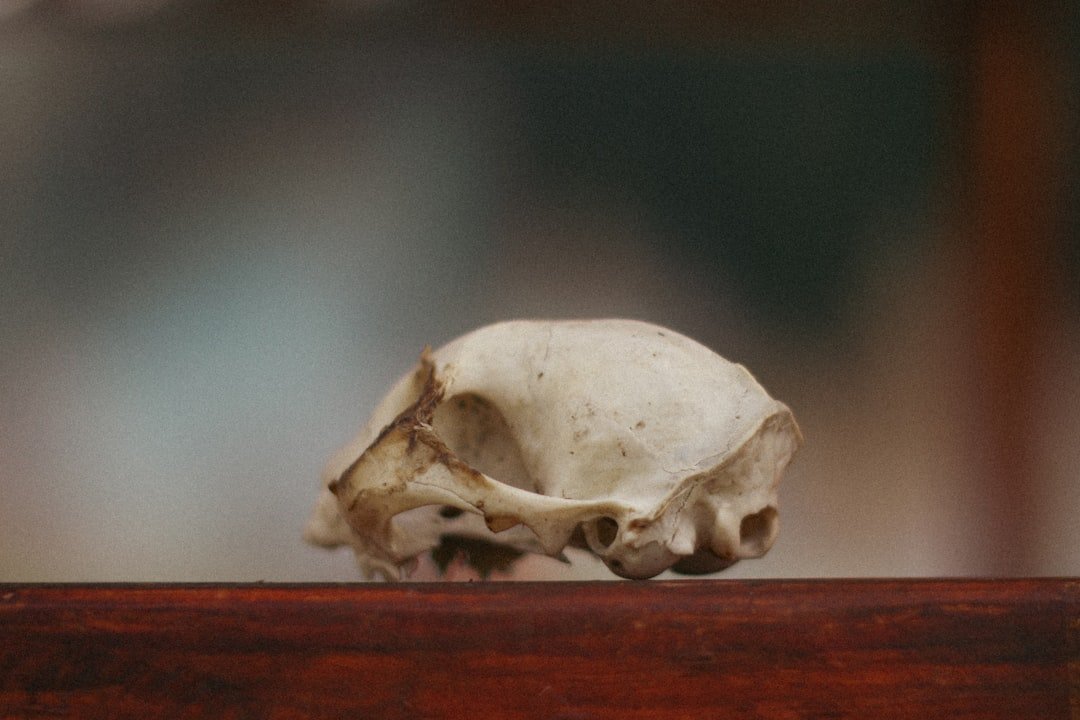
Any honest conversation about immortality needs a reality check: even long-lived animals don’t beat entropy, they negotiate with it. Greenland sharks drift through centuries, bowhead whales outlast multiple human generations, and hydra renew tissues so efficiently they seem to sidestep senescence. These feats aren’t magic; they’re engineering – supercharged DNA repair, guarded protein folding, balanced inflammation, and telomere management. Ancient DNA adds context by showing how tough environments sculpted similar levers in our own lineage.
Layered on top are modern tools that test these levers in the lab. Epigenetic clocks estimate biological wear on genomes, even in old remains, hinting at lifestyle and stress signatures. Partial cellular reprogramming experiments nudge aged cells toward youthful states without erasing identity, like rolling back a software patch but keeping the files. Each result maps a path between survival traits in the past and feasible interventions in the present.
Why It Matters
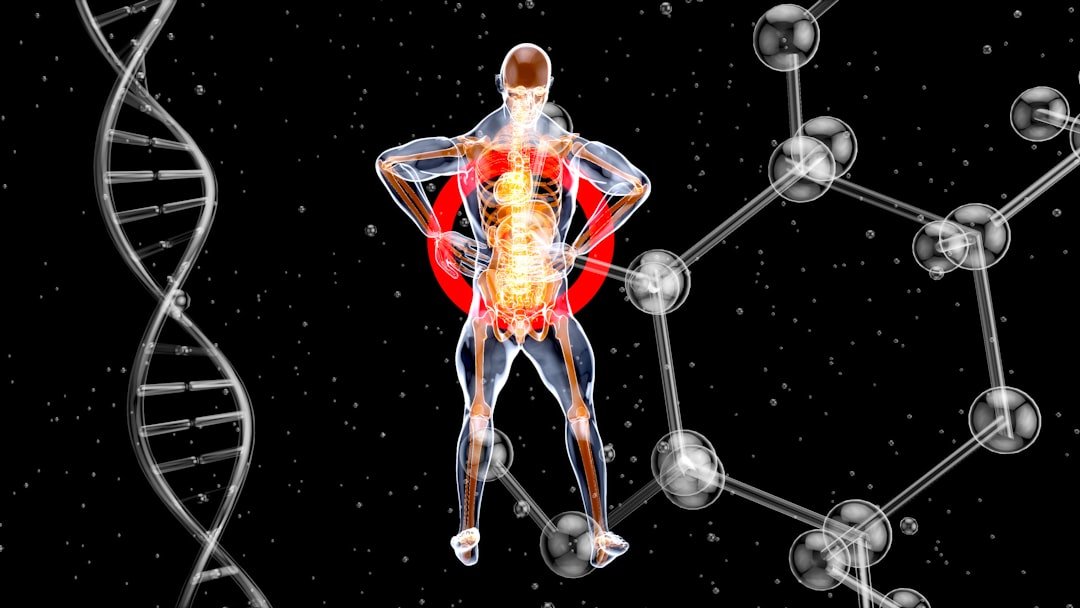
Longevity research has often leaned on short-lived model organisms that reveal principles quickly but don’t capture human complexity. Ancient DNA offers a complementary dataset: real-world experiments conducted by time, complete with famine, migration, and disease – far messier, and far more relevant to how bodies bend rather than break. It helps distinguish which pathways defended life across centuries from those that work only in carefully controlled cages.
That matters because the biggest killers – heart disease, neurodegeneration, cancer – aren’t single switch failures. They’re ensemble problems involving repair quality, immune balance, and metabolic drift. By tracing which levers were repeatedly favored in the past, we can prioritize targets today, from DNA repair enzymes and mitochondrial quality control to the choreography of inflammatory signals that, when mis-timed, age tissues fast.
Global Perspectives
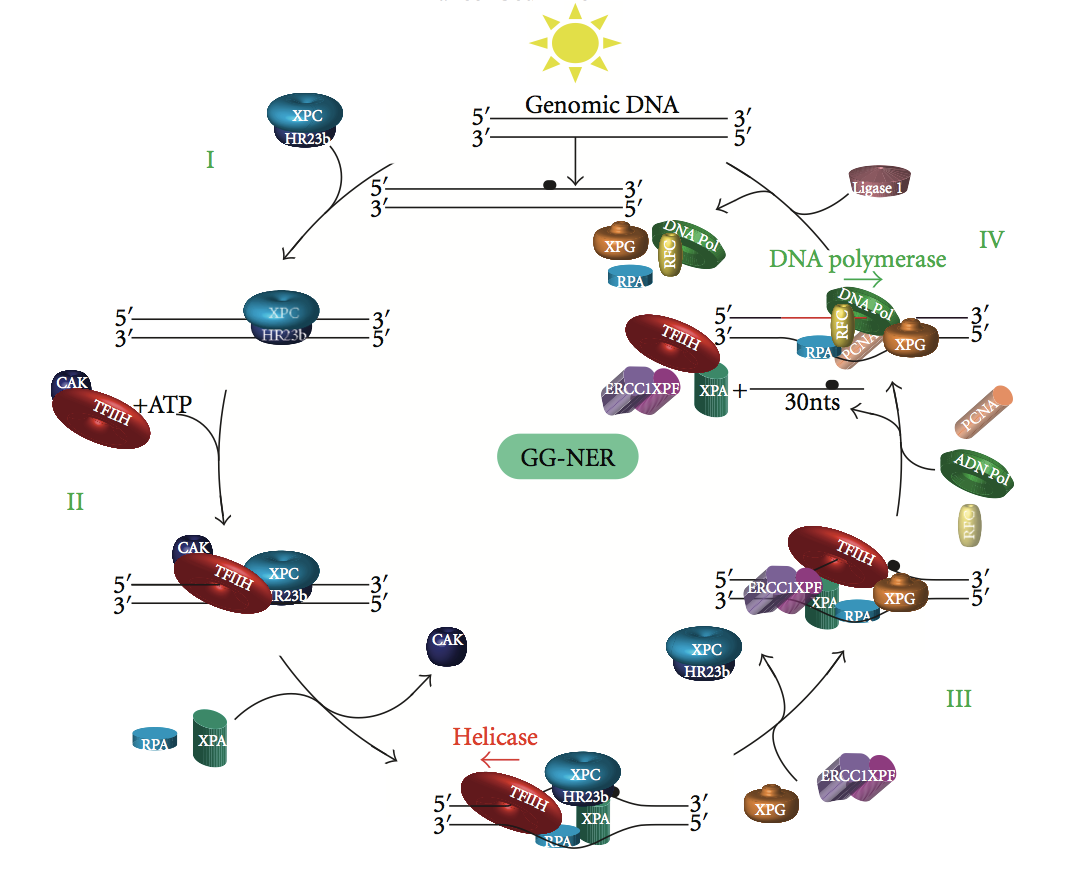
Ancient DNA is inherently global, and the ethical stakes are high. Communities whose ancestors provide these samples deserve leadership roles and shared benefits, not just acknowledgments. Laboratories are increasingly partnering with local scholars and cultural stewards, aligning study goals with community priorities and investing in training so expertise grows where the histories live.
Beyond ethics, geographic diversity makes the science better. Heat, cold, altitude, isolation – each environment is a natural stress test that leaves signatures in the genome. Comparing those signatures across regions reveals convergent solutions, the strongest hints that a pathway is robust enough to matter for aging, not just a one-off curiosity.
The Future Landscape
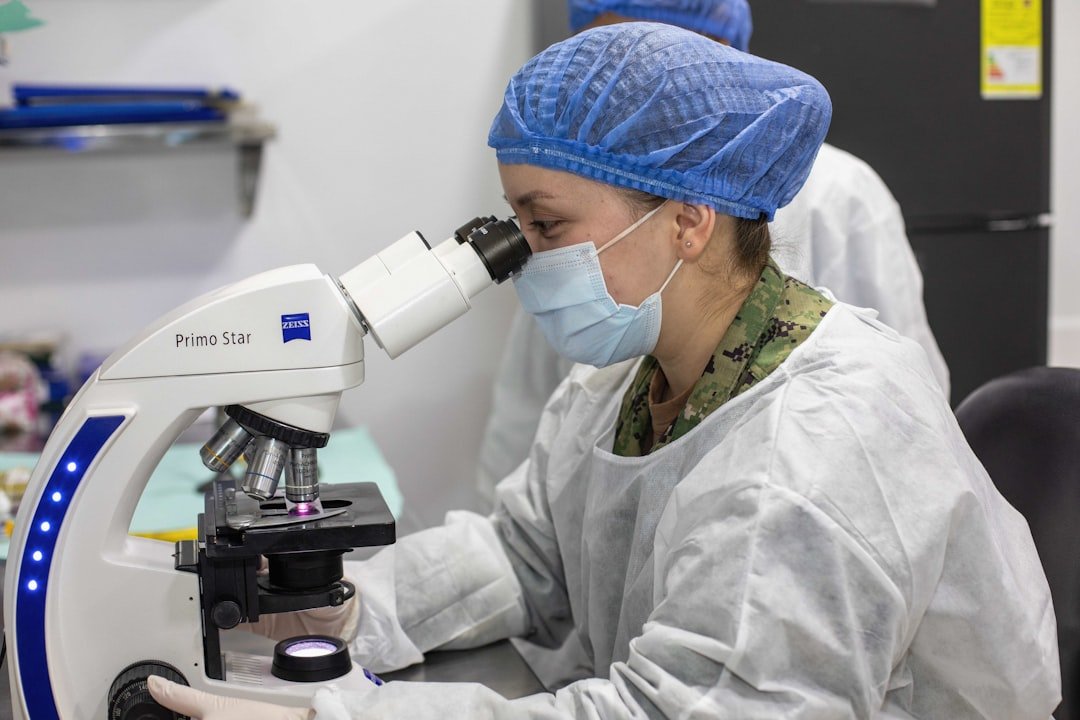
On the near horizon, ultra-low-input sequencing, damage-aware base callers, and improved contamination filters will pull cleaner signals from smaller samples, reducing the need to destructively sample rare remains. Single-cell–style analyses adapted for ancient molecules may one day reveal cell-type–specific aging patterns hidden in old tissues. Combined with proteomics and metabolite traces, we could reconstruct not just who people were, but how their cells coped day to day.
In the clinic, insights funnel toward testable interventions rather than fantasy. Drug candidates that modulate mTOR signaling, enhance autophagy, or clear senescent cells are being refined with biomarkers informed by evolutionary context. Gene editing and RNA tools promise precision, while reprogramming aims to refresh tissue maintenance without tipping into cancer. The endgame isn’t eternal life; it’s more healthy years, fairly distributed, with safety guardrails that reflect what history already proved and disproved.
From Myth to Measurable
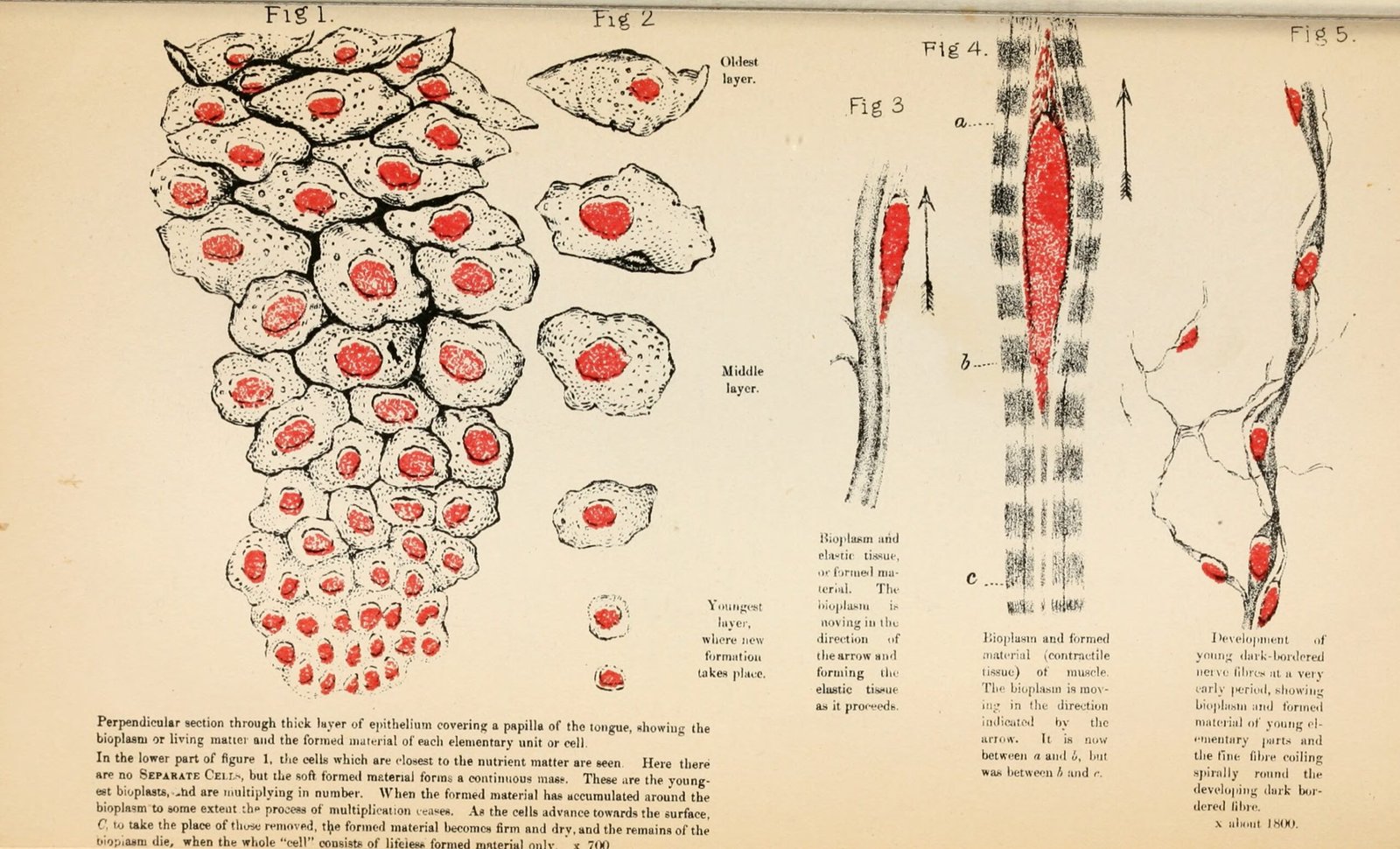
Immortality is a great story, but biology speaks in probabilities, not prophecies. Ancient DNA gives us N of thousands, not anecdotes, and a framework to test whether the same stress-hardened pathways keep showing up across eras and species. When they do, they earn a place on the shortlist for real interventions, the kind that extend health rather than promise the impossible.
My own take, after watching this field grow up, is that the most powerful gift from the past is restraint: knowing which levers to pull gently and which to leave alone. If we’re careful, immortality fades as a slogan and reappears as something more humane – a long, durable middle of life where bodies repair well, minds stay clear, and time feels generous.
Conclusion
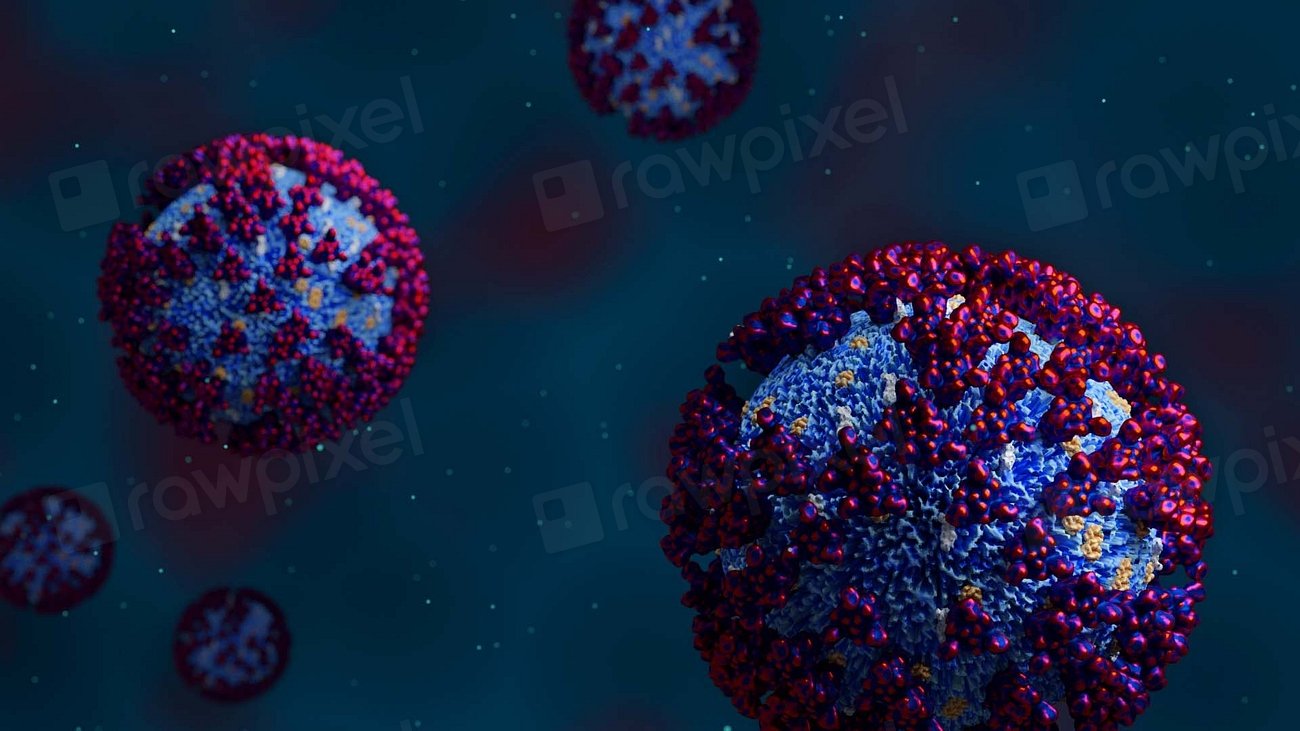
Stay curious but skeptical: support research organizations that publish open data and pre-register studies, and follow projects that include local communities as partners. If you’re able, donate to biobanks and museums that prioritize preservation-friendly methods and ethical governance, because better archives mean better science for everyone. Ask your representatives to back policies that fund aging research and protect cultural heritage in the same breath.
On a personal level, pay attention to the levers we already know matter – sleep, movement, nutrition, vaccinations – because the biology of resilience is cumulative. Share stories about how science actually works, with all its caveats and slow triumphs, so hype has fewer places to hide. The past is speaking; the question is whether we’ll listen long enough to turn its lessons into longer, better lives.

Suhail Ahmed is a passionate digital professional and nature enthusiast with over 8 years of experience in content strategy, SEO, web development, and digital operations. Alongside his freelance journey, Suhail actively contributes to nature and wildlife platforms like Discover Wildlife, where he channels his curiosity for the planet into engaging, educational storytelling.
With a strong background in managing digital ecosystems — from ecommerce stores and WordPress websites to social media and automation — Suhail merges technical precision with creative insight. His content reflects a rare balance: SEO-friendly yet deeply human, data-informed yet emotionally resonant.
Driven by a love for discovery and storytelling, Suhail believes in using digital platforms to amplify causes that matter — especially those protecting Earth’s biodiversity and inspiring sustainable living. Whether he’s managing online projects or crafting wildlife content, his goal remains the same: to inform, inspire, and leave a positive digital footprint.

